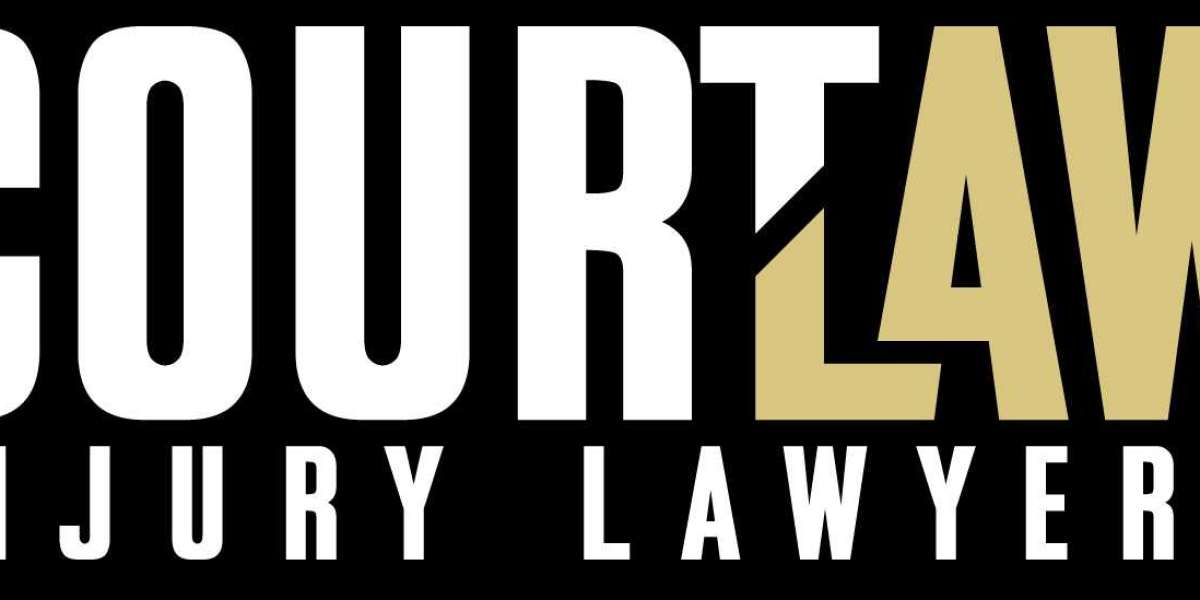Reckless driving is a serious threat to everyone on the road.
Speeding, weaving through traffic, running red lights, and driving under the influence can lead to devastating accidents, injuries, and even fatalities. While witnessing such behavior can be frustrating and frightening, it's crucial to remember that you have the power to make a difference. Reporting a reckless driver isn't just about potentially getting them a ticket; it's about contributing to the safety and well-being of your community.
Why Reporting Matters
Reporting a reckless driver allows dangerous behavior to continue and potentially escalate. Each time a reckless driver gets behind the wheel without consequence, they put themselves and others at increased risk. By reporting them, you're taking a proactive step to prevent future incidents. Your report can alert law enforcement to a potential danger, allowing them to intervene and potentially prevent a serious accident. It also sends a clear message that such behavior is unacceptable and will not be tolerated.
When Should You Report?
It's important to distinguish between a momentary lapse in judgment and truly reckless driving. A driver who briefly speeds up to pass or makes a slightly late turn might not warrant a report. However, you should consider reporting a driver who exhibits behaviors such as:
- Excessive speeding significantly above the speed limit.
- Aggressive tailgating and unsafe lane changes.
- Running red lights or stop signs.
- Driving erratically, swerving, or losing control of the vehicle.
- Obvious signs of impairment, such as difficulty staying in their lane or slow reaction times.
How to Safely Gather Information
Your safety is paramount. Do not attempt to engage with the reckless driver or put yourself in harm's way to gather information. If you decide to report, try to observe and note the following details without endangering yourself:
- Vehicle Description: Make, model, and color of the vehicle.
- License Plate Number: This is the most crucial piece of information. Try to get it accurately.
- Location and Time: Note the street name, intersection, or landmarks, as well as the date and time of the incident.
- Direction of Travel: Which way was the vehicle heading?
- Description of the Driver (if possible): Without focusing too intently, note any distinguishing features.
- Specific Reckless Behaviors: Clearly describe what you observed the driver doing.
Methods of Reporting
The best way to report a reckless driver can vary depending on your location. Here are some common methods:
- Non-Emergency Police Line: Contact your local police department's non-emergency number. Provide them with the information you gathered. They will advise you on the next steps.
- Online Reporting Systems: Many police departments now have online portals or forms for reporting non-emergency incidents, including traffic violations. Check your local police department's website.
- Dedicated Hotlines: Some areas may have specific hotlines for reporting aggressive or dangerous driving. Check with your local authorities for availability.
When making a report, be clear, concise, and factual. Stick to the details you observed and avoid making assumptions or exaggerations. Be prepared to provide your contact information in case the authorities need to follow up with you.
What Happens After You Report?
The actions taken after you report a reckless driver can vary. Law enforcement may use the information to investigate, increase patrols in the area, or attempt to locate the vehicle. In some cases, if enough information is provided, they may be able to issue a warning or citation. It's important to understand that due to privacy laws and the need for verifiable evidence, you may not always receive specific details about the outcome of your report. However, your report contributes to a larger effort to monitor and address dangerous driving behaviors.
Conclusion
Reporting a reckless driver is a civic responsibility that can have a significant impact on road safety. By taking the time to observe and report dangerous behavior, you are actively contributing to a safer environment for yourself, your loved ones, and your community. Remember to prioritize your safety while gathering information and to provide accurate details to the authorities. Every report has the potential to prevent a tragedy and make our roads a little bit safer for everyone.








